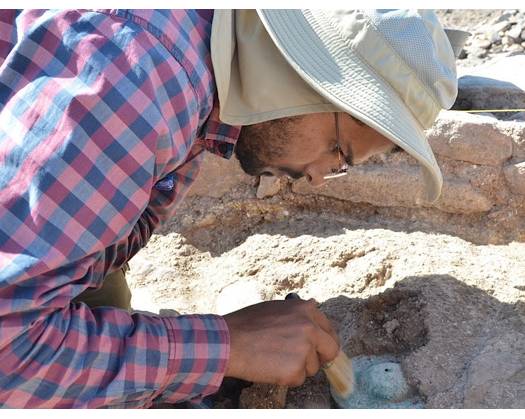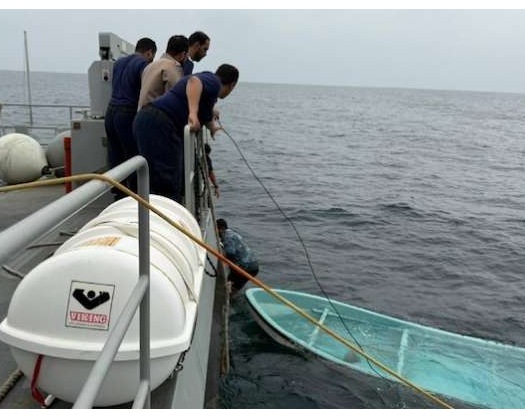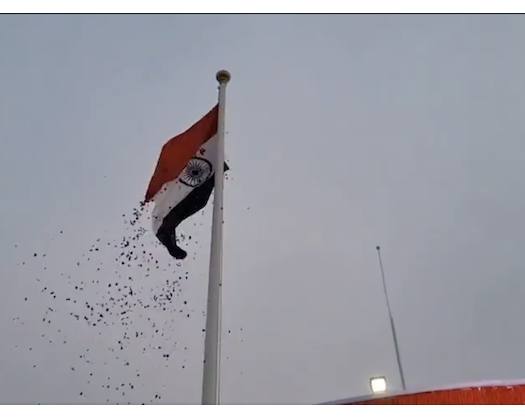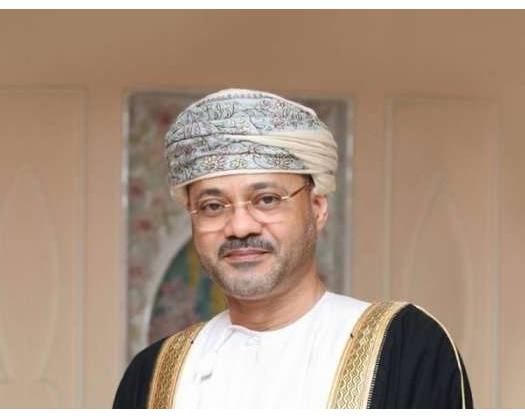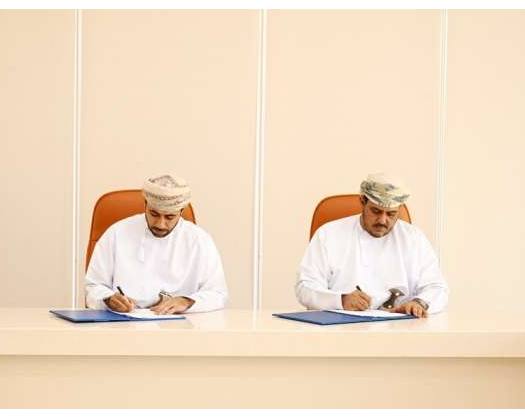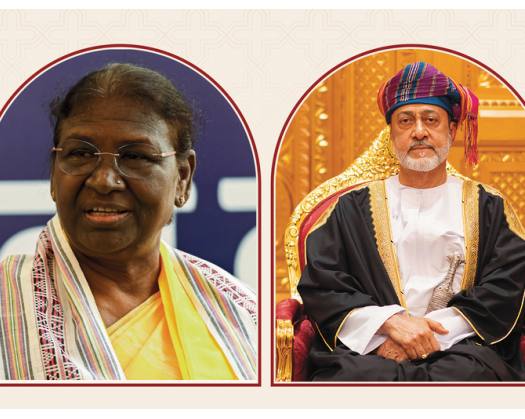Muscat: Under the oversight of the Ministry of Heritage and Tourism (MHT), the Department of Archaeology at Sultan Qaboos University uncovered a set of intact copper cymbals during their archaeological digs at Dahwa 7, situated on the fringes of Wadi Al Sukhn in the Saham region of the North Al Batinah Governorate.
The rich archaeological findings on the surface suggest that this location served as a settlement for a local culture that thrived between 2700 and 2000 BC. These artifacts have emerged for the first time, after over 4,000 years of concealment by the early settlers of the Omani Peninsula, shedding light on cultural insights and spiritual practices long kept in secrecy.
The excavation efforts led by the archaeological team from the Department of Antiquities unearthed various structures within the settlement, confirming its affluence and indicating that its residents heavily depended on copper extraction, alongside agriculture centred around palm cultivation and livestock farming. The substantial amounts of pottery imported from the Indus region found at the site signify that its inhabitants were engaged in active trade with the prosperous Harappan civilization.
Among the four uncovered structures, there existed a small, solitary building situated atop a high plateau, which provided a view of the remaining settlement structures positioned in the lower area.
Digs at the site revealed a basic layout of this building, which consisted of a rectangular space featuring a small entrance on its eastern side, accessible via a rectangular threshold running along the eastern wall. Inside, several architectural aspects were identified, with a small stone table directly across from the entrance being the most significant. This table was crafted from precisely shaped thin stones, covered with a layer of yellow plaster.
The architectural elements suggest that this building served a religious purpose and is recognized as one of the oldest known temples unveiled to date. Excavation analyses indicate two primary phases of utilization: an initial phase followed by a later phase. After a period of functioning as a religious site, a new floor was introduced, accompanied by a layer of clay beneath it.
The cymbals discovered in this temple are the earliest recorded in the Arabian Peninsula and the Levant. Similar, possibly contemporary examples have been identified in the city of Mohenjodaro within the Indus Valley, modern-day Pakistan, dating to the third millennium BC. Moreover, there is evidence of cymbals being utilized in the Sumerian civilization in Ur, located in southern Mesopotamia.
Furthermore, archaeological findings suggest that the practice of using cymbals as musical instruments was primarily linked to religious ceremonies, often featured in special chants conducted during various rites since the third millennium BC. This shows that communities residing in the Sultanate of Oman fostered close connections with prominent civilizations, encompassing not only trade relations but also religious and intellectual exchanges.
The examination of cymbals uncovered at the Dahwa site revealed that they were crafted from nearby copper, likely sourced from a region close to Muscat. This finding holds great importance due to the uncommon nature of such artifacts and the insights it offers regarding the cultural exchanges and connections between far-flung civilizations.
Recently, the findings of this research appeared in the British journal Antiquity, garnering considerable interest from global scientific publications.

